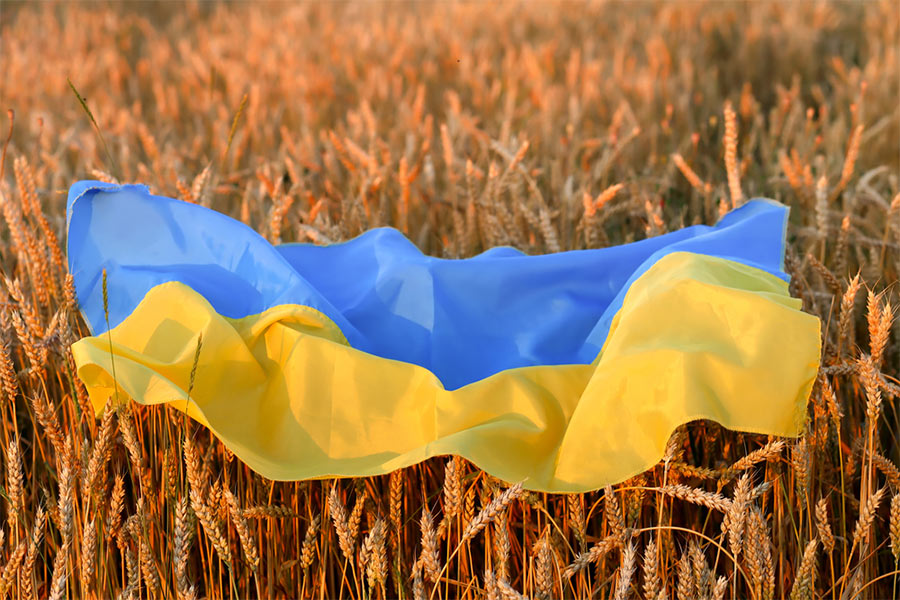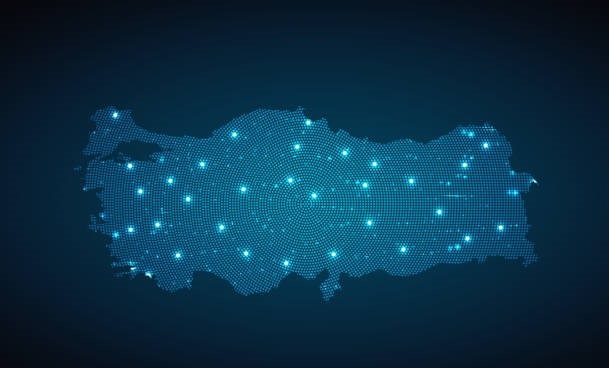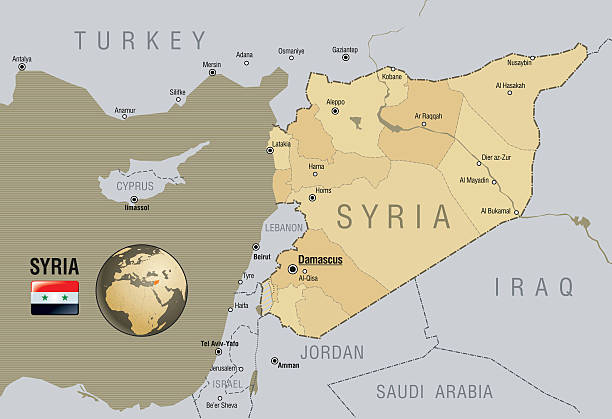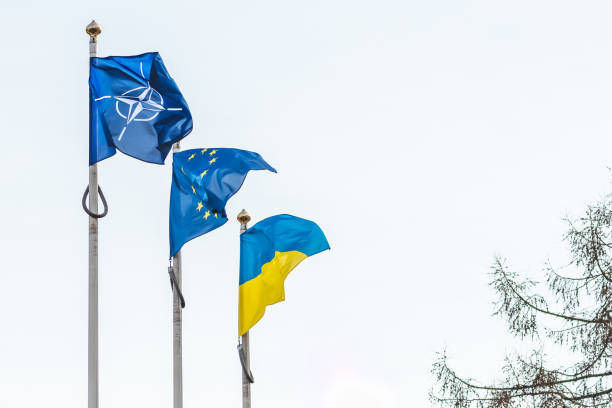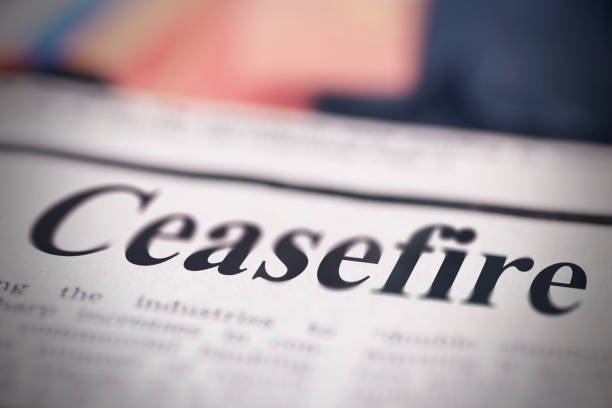
It has been a week since the Hagia Sophia was reconverted to a mosque through the annulment of the government decree of 1935 which had turned it into a museum. The change was presented as an auspicious development not only for the people of Turkey but also the Islamic Ummah and the world. Yet, the Islamic Ummah has so far remained silent. Not a word of approval or support from any member of the Organization of Islamic Cooperation (OIC) which presents itself as “The Collective Voice of the Muslim World”. There were no congratulatory telephone calls, no messages. The Secretary General of this pseudo-entity has not uttered a word either. “Pseudo-entity” because the OIC has remained invisible in the face of a decade of fratricide.
The Director-General of UNESCO “deeply regretted the decision of the Turkish authorities, made without prior discussion”. Pope Francis has said he was “pained“. Some Western countries expressed regret, dismay. Josep Borrell said that the decision will fuel mistrust, promote new divisions between religions communities and undermine efforts of dialogue and cooperation. Being a Spaniard, he must have been thinking also of the Alliance of Civilizations project launched by Spain and Turkey in 2005. In a phone call on July 13, President Putin drew the attention of President Erdogan to the considerable public outcry in Russia over the decision to change the status of Hagia Sophia. In brief, there was reaction, but it was measured. Nonetheless, anyone listening attentively can hear the gnashing of teeth. The underlying reason for this low-key reaction could be the reluctance to give Ankara an opportunity to ramp up its rhetoric.
Turkey’s opposition parties have approved the change. Some meekly contested the assault on Ataturk’s Republican legacy. Because, President Erdogan said the decision to convert the Hagia Sophia into a museum was a “betrayal of history”.
Next Friday, July 24, the Ayasofya (Hagia Sophia) Mosque will be open for prayers, a mosque unique for a host of reasons including its Christian name, perhaps a sign of hope for interfaith harmony. July 24 will also mark the 97th anniversary of the signing of the Lausanne Treaty which established peace between Turkey and the victors of World War I.
Following the conquest of Istanbul in 1453, Mehmed the Conqueror converted the Hagia Sophia into a mosque and established a charitable foundation for its upkeep and service. I admit that I have not read this foundation’s act in its entirety except what is highlighted by President Erdogan. According to the relevant clause of the act, if I were to make an attempt to summarily translate it, Mehmed the Conqueror wished that “ the eternal curse of Allah Almighty, the Prophet, angels, rulers and all Muslims be upon those who attempt to change the status of the mosque and the foundation to whatever end”.
For understandable reasons, the Hagia Sophia, a world-renowned monument with its unique architecture, was important to the Sultan. And, he was not the first one to take such interest. During the Latin occupation of Constantinople during the Fourth Crusade which witnessed the pillage of the city, the Hagia Sophia had become a Roman Catholic cathedral for six decades (1204–1261).
At the time of the conquest the Sultan Mehmed II was only 21 years old. Until his death in 1481 he continued campaigning in the east and the west to expand and solidify his empire. He was a broad-minded, enlightened ruler. He was full of confidence regarding the future.
His early successors continued to expand the empire. The reign of Kanunî Sultan Süleyman, (Suleiman the Lawgiver) known in the West as “Suleiman the Magnificent” (1520-1566), marked the zenith of Ottoman power. However, after the second siege of Vienna (1683) the tide turned. By the end of the 18th century the demise of the Empire, called the “sick man of Europe” had become a foregone conclusion. Because, Mehmed the Conqueror’s great-great-grandchildren failed to keep abreast of contemporary developments, the industrial revolution, Enlightenment, the march towards democracy. The administration was in decay. Capitulations had turned into shackles for endless external intervention in Ottoman internal affairs. Thus, at the end of World War I, the Empire collapsed facing the prospect of losing not only the Hagia Sophia but also the city of Istanbul and large parts of its Anatolian heartland. Turks’ greatest fortune ever was the leadership of Ataturk who launched the War of Independence which soon became an example to follow for oppressed peoples. He and his comrades in arms carried their struggle to a successful conclusion and laid the foundations of modern Turkey.
Had Mehmed the Conqueror had seen all of this in the crystal ball, he would only have prayed Almighty Allah to bless Ataturk and his legacy forever.
Although the two are linked, the Turkish government would be well-advised to pretend that reverting the Hagia Sophia to a mosque is an issue on its own. Because, turning it into an occasion to attack Ataturk’s legacy will only take Turkey’s polarization to dangerous depths at a time when what we need the most is national unity in the face of huge foreign and security policy challenges not to mention our inextricably linked democratic and economic decline.
Ataturk (1881-∞) is the father of modern Turkey and a vast majority of Turks still turn and will continue to turn to him for inspiration.
Ali Tuygan, Ambassador (Ret’d) and former Undersecretary of the Turkish Foreign Ministry. The article is also published on his blog https://diplomaticopinion.com/2020/07/19/the-hagia-sophia-balance-sheet-of-the-past-week/



